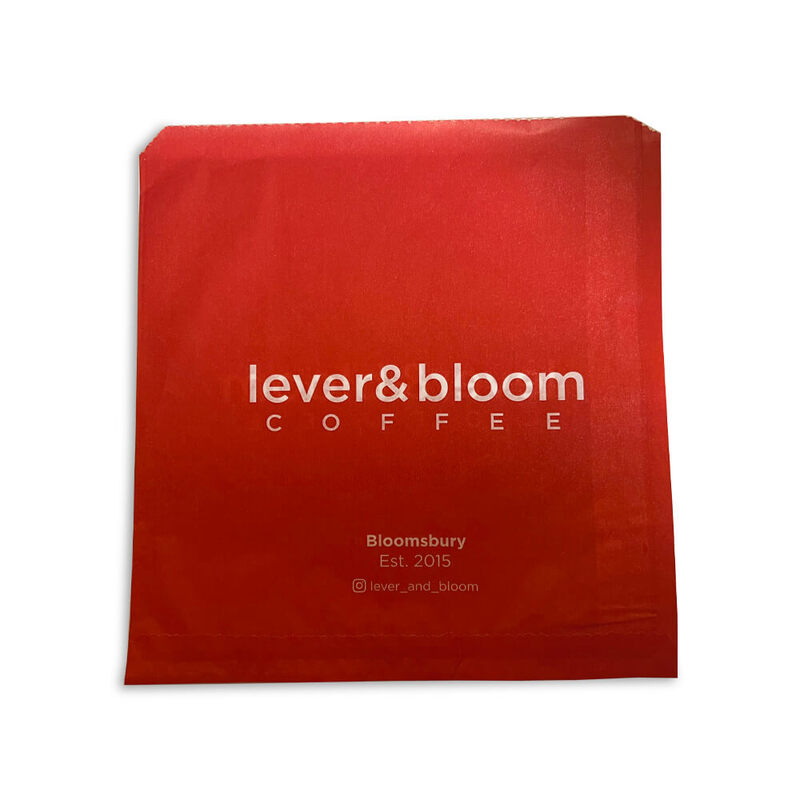Custom Food Packaging Bags A Blend of Functionality and Aesthetics
In the competitive landscape of the food industry, packaging plays a pivotal role in not only preserving the quality of products but also in attracting customers. Custom food packaging bags have emerged as an essential tool for businesses looking to create a unique brand identity while ensuring practicality and convenience. This article delves into the significance of custom food packaging bags, exploring their benefits, types, and the latest trends shaping the industry.
The Importance of Custom Food Packaging
Custom food packaging bags serve multiple functions. Primarily, they protect the contents from contamination, moisture, and external factors that can compromise food quality. With growing concerns over food safety, businesses must ensure their packaging complies with health regulations and standards. Custom packaging not only meets these requirements but also allows for the use of materials that enhance freshness, like biodegradable or resealable options.
Moreover, packaging is a powerful marketing tool. In a world where consumers are bombarded with choices, aesthetically pleasing and functional packaging can significantly influence purchasing decisions. Custom designs can help convey a brand's story, values, and unique selling propositions. Whether it's a vibrant graphic that captures the essence of the product or minimalist designs that communicate elegance, custom food packaging bags can effectively establish brand identity.
Types of Custom Food Packaging Bags
When it comes to custom food packaging bags, there are various types to consider, each suited for different products. Some of the most popular options include
1. Stand-up Pouches Ideal for a variety of food items, these bags can stand on shelves, providing excellent visibility. They are often resealable, making them convenient for consumers.
2. Flat Pouches Suitable for single-serving items, flat pouches are versatile and cost-effective. They are commonly used for snacks, dried fruits, and other lightweight products.
custom food packaging bags

3. Kraft Paper Bags For those emphasizing sustainability, kraft paper bags are an eco-friendly alternative. They are biodegradable and can be customized with prints that reflect a natural aesthetic.
4. Foil Bags Known for their ability to block moisture, light, and oxygen, foil bags are perfect for products like coffee and snacks that require longer shelf life.
5. Plastic Bags Highly customizable and often the most cost-effective option, plastic bags offer various finishes and designs, but businesses must prioritize recyclability in their choices.
Trends in Custom Food Packaging
The landscape of custom food packaging is continuously evolving, driven by consumer demands and environmental considerations. One notable trend is the growing emphasis on sustainability. Brands are increasingly opting for eco-friendly materials, such as compostable and recyclable packaging, in response to the rising consumer awareness regarding environmental impact.
Additionally, the rise of digital printing technology has revolutionized the customization process. With digital printing, businesses can produce smaller batches of custom packaging economically, enabling them to experiment with designs and personalization without incurring prohibitive costs. This innovation has empowered even small businesses to compete with larger brands on packaging aesthetics.
Furthermore, interactive packaging is gaining traction, where QR codes or AR (augmented reality) elements are integrated into designs. This not only enhances consumer engagement but also allows brands to share their stories and product information directly with customers.
Conclusion
Custom food packaging bags are a vital component of the food industry, marrying functionality with creative branding. As businesses navigate an increasingly competitive market, the right packaging can set them apart, ensuring that their products not only reach consumers safely but also resonate with them emotionally. Embracing trends such as sustainability, digital printing, and interactive designs will further empower brands to thrive in a dynamic food landscape, creating lasting impressions that encourage loyalty and advocacy among consumers.



